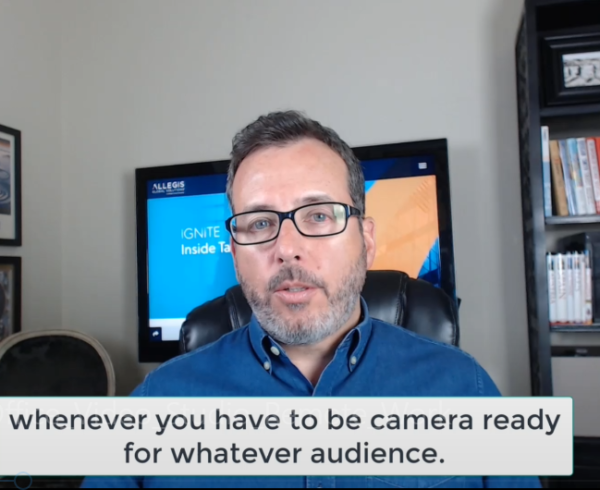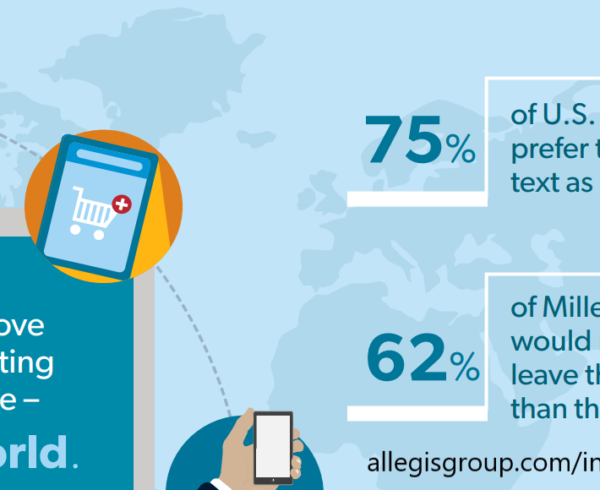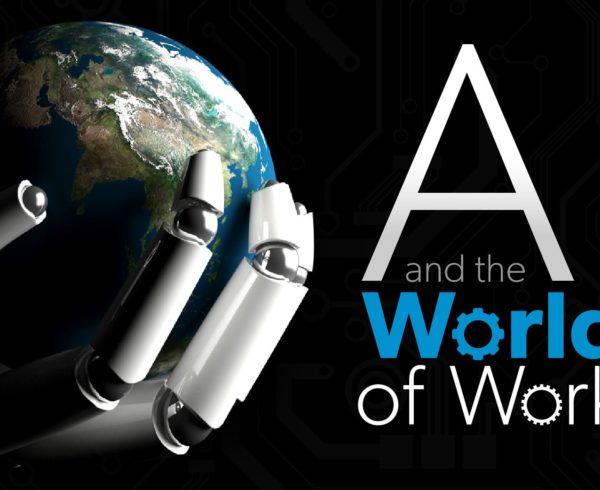Your best source for job candidates? Employees. CA Technologies’ Craig Fisher outlines the do’s and don’ts for building an employee referral program.
“They tend to have lower turnover numbers and longer lifespans as employees.”
Why should getting employee referrals be part of your recruiting strategy?
Editor’s note: This post is from an interview I did with Christian De Pape for the RecritingSocial blog. There’s plenty of data that demonstrates that referred employees are a great-deal stickier for an organization; they tend to have lower turnover numbers and longer lifespans as employees. And the person who made the referral also tends to stay in their job longer, because by making the referral they’ve made a commitment.
Do you only want your best, top-performing employees making referrals?
Not necessarily. There’s research that does show that A players refer A players, B players refer C and D players, and C players, they’re a wildcard: they refer A, B and C players.
Your A players are often the most visibly engaged people in your organization; it’s great if you can get all of your referrals from them. But if you have an organization of all A players, you’re ripe for poaching.
B and C players maybe don’t perform as well, but they might love their jobs, and they might also be noisier online. They can make great champions for your organization. So you definitely want to market your internal message to drive referrals from everyone in the organization.
How do you get employees involved in making referrals?
Here’s the thing. Your talent community – your list or database of people who don’t yet work at your company – should also include current and former employees. Not just candidates.
Companies overlook this.
Only a small percentage of companies are using candidate relationship management software (CRM) to build segmented databases of job candidates and send out targeted marketing campaigns. And even those companies typically neglect to include their alumni and current employees in their marketing efforts.
But if you’re doing it right, your current and past employees see the messages as well, and have the opportunity to refer people. If you’re doing Facebook ads, for example, your current employees should be one of your targeted audiences. It puts talent acquisition on their radar, so they know you’re working to promote the brand and drive people to your jobs. And, it gives employees an opportunity to see that opening and think of someone they’d like to refer.
“Market your internal message to drive referrals from everyone in the organization.”
Twitter / Facebook / LinkedIn
Is that enough on its own, or do you also need to explicitly ask for referrals?
You do want to ask employees for referrals. There should be a formal employee referral program in any enterprise-level organization. In smaller businesses, you might not have a formal program, but you need a mechanism in place for managing referred candidates: a way to track referrals, and a way to make sure people get proper credit. If you have an incentive plan for referrals, or some sort of reward system, then that mechanism definitely needs to be in place.
You also need to regularly remind employees how they can refer people: tell them where they go to make the referral, how easy it is to do, and why they as an employee, and you as an employer, benefit. At CA Technologies, for example, we created a ‘Refer A Friend’ Day. We did it for fun, and placed a graphic on Instagram to promote it. There was no reward attached to it, no formal program. It was just a fun reminder to employees that today is a great day to refer someone you like for a job with us.
Do you need to provide employees with any particular guidelines, messaging or tools?
You absolutely should.
An employee advocacy platform – an internal social platform that makes it easy for employees to share your messaging with their social networks – is a powerful tool to use for your referral program. At CA Technologies, we use a tool called QUEsocial for our talent acquisition team, HR business partners and business unit champions. We also useGaggleAMP to encourage sharing by everyone in the organization.
There are a bunch of these platforms out there – there’s LinkedIn Elevate, GetSocial, Hootsuite Amplify. By using any of these, employees receive the messaging that you want them to receive – your own messaging as well as relevant third-party content, which is equally as important. They can change it if they want to before pushing it out, but it gives them the gist and proper structure for each social channel. You should give employees other things to share with their networks in addition to company generated messages.
If you’re going to use one, what makes a good referral incentive?
Some get good results by offering a monetary reward. Some use a point or honor system that provides a non-monetary reward of value. It depends on your organization. PepsiCo, for example, has 263,000 employees as of the end of 2015, and most of them are in the field. Their incentives will need to be vastly different from a software company’s, for example.
“Regularly remind employees how they can refer people …”
Twitter / Facebook / LinkedIn
Are there any risks in getting your employees to speak on your behalf to potential candidates?
There are plenty of companies scared to death of giving their employees a voice. The concern is that, if you help your employees become more visible online, they’re more likely to be seen and recruited by other employers. The truth is, if they’re any good at what they do, your employees are already being contacted by recruiters.
If you give employees a voice and a reason – outside of their day job – to represent the company, they will become more engaged and loyal employees. And again, when they do refer people, they tend to stay with you longer as an employee. The benefits outweigh the risks.
What common mistakes do employers make with their referral programs?
Not being responsive enough to referrers is a big mistake. You need to nurture these folks and really make sure they get a quick response. The people they referred need to get a quick response, too.
What’s the first one or two things an employer should do to establish an effective employee referral program?
First, determine any compliance issues you might face by asking for referrals. Next, establish what your follow-up or disposition process will be with referrals: what’s your disqualification process? How do you ensure speedy communication with qualified referrals? If they’re disqualified, who generates that message and how is it communicated to them? And how do you keep the referrer informed? Once that’s in place, decide what message about the organization you want employees to share with their networks and set up a mechanism so that referrals are tracked properly. There are plenty of systems out there that do that for you. Software helps, but it isn’t required.
“If you give employees a voice and a reason – outside of their day job – to represent the company, they will become stickier, more loyal employees.”
Twitter / Facebook / LinkedIn
If there isn’t a formal program, can recruiters still find a way to generate referral candidates?
Yes. It involves some training. If you want to attract people who are like your best people, than you want to say to those champions: “Hey, if you’re interested in sharing our company’s awesome culture, and trying to attract great people like yourself to our organization, here are some tools to help you do it.”
Encourage your employee champions to share interesting resources, workplace photos, and on-the-job stories in the places your prospective candidates live online. Occasionally their message should end with “oh, and by the way, we’re hiring.” I recommend the five-to-one give-to-ask ratio: share or ‘give’ resources and content five times for every one time you make an ‘ask.’ Doing this goes a long way to helping people realize what you, as an employer, are about.
Follow Craig on Twitter @Fishdogs and check out the Cool Tools podcast that he co-hosts with Lars Schmidt.
From an interview with Christian De Pape.







